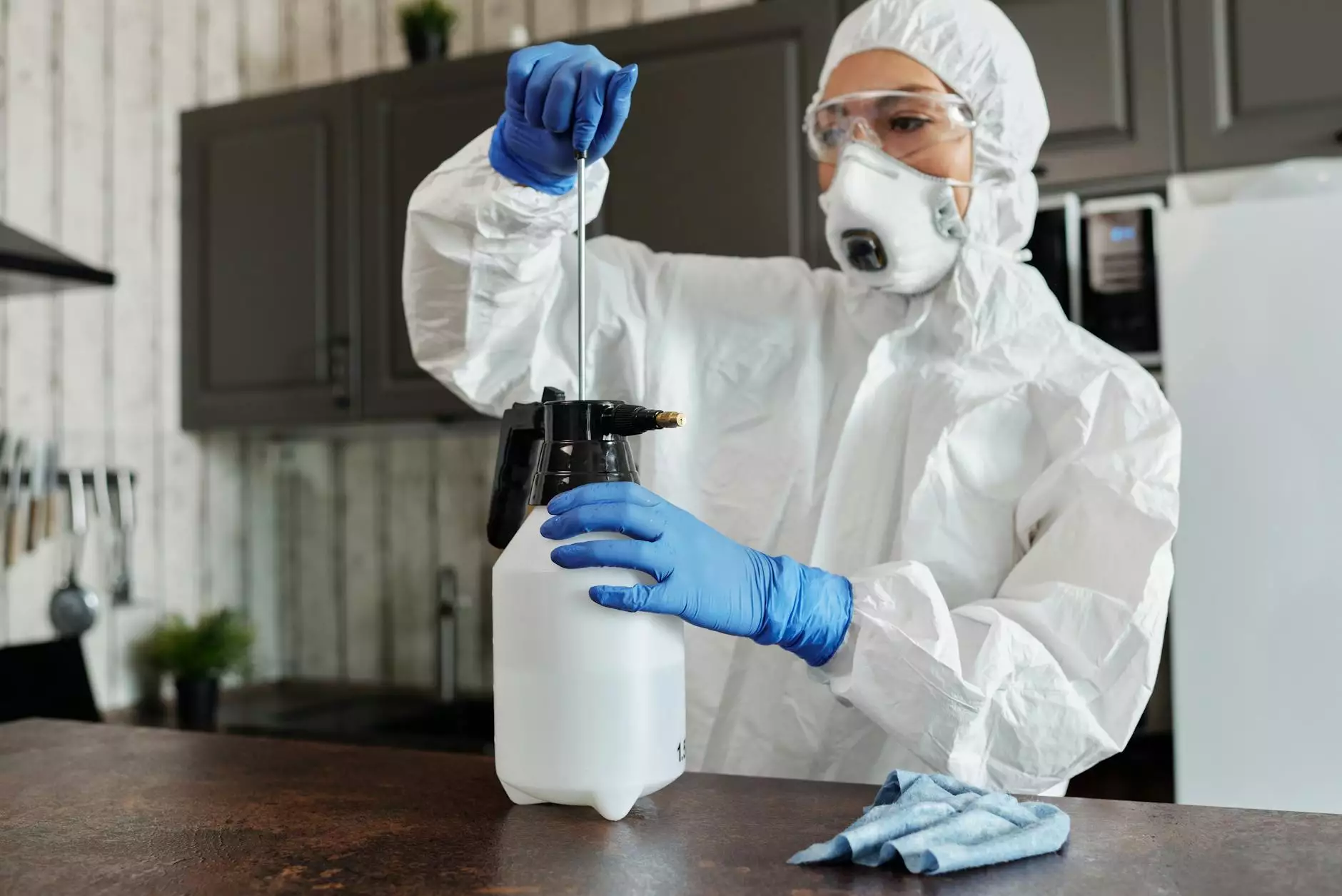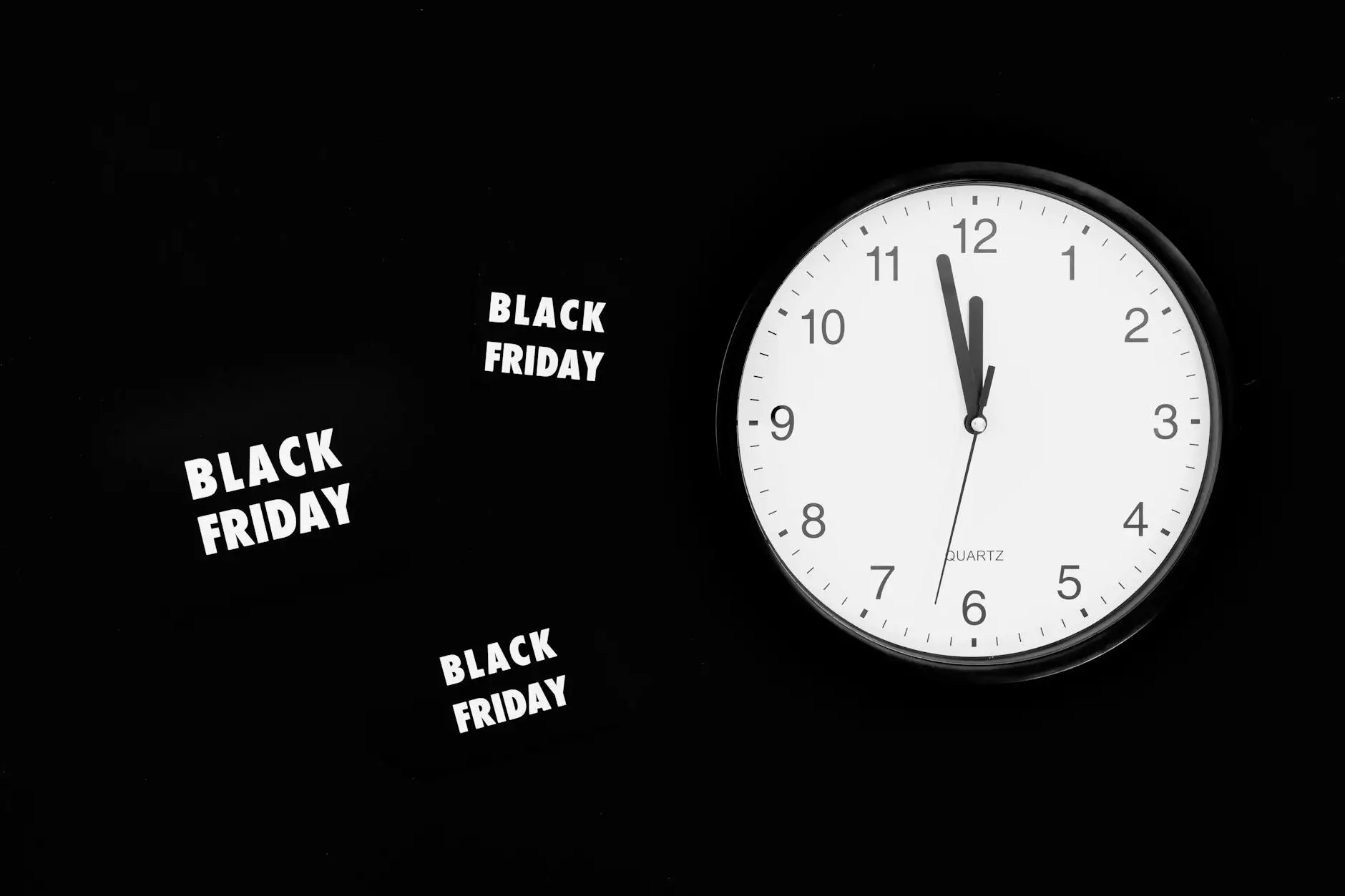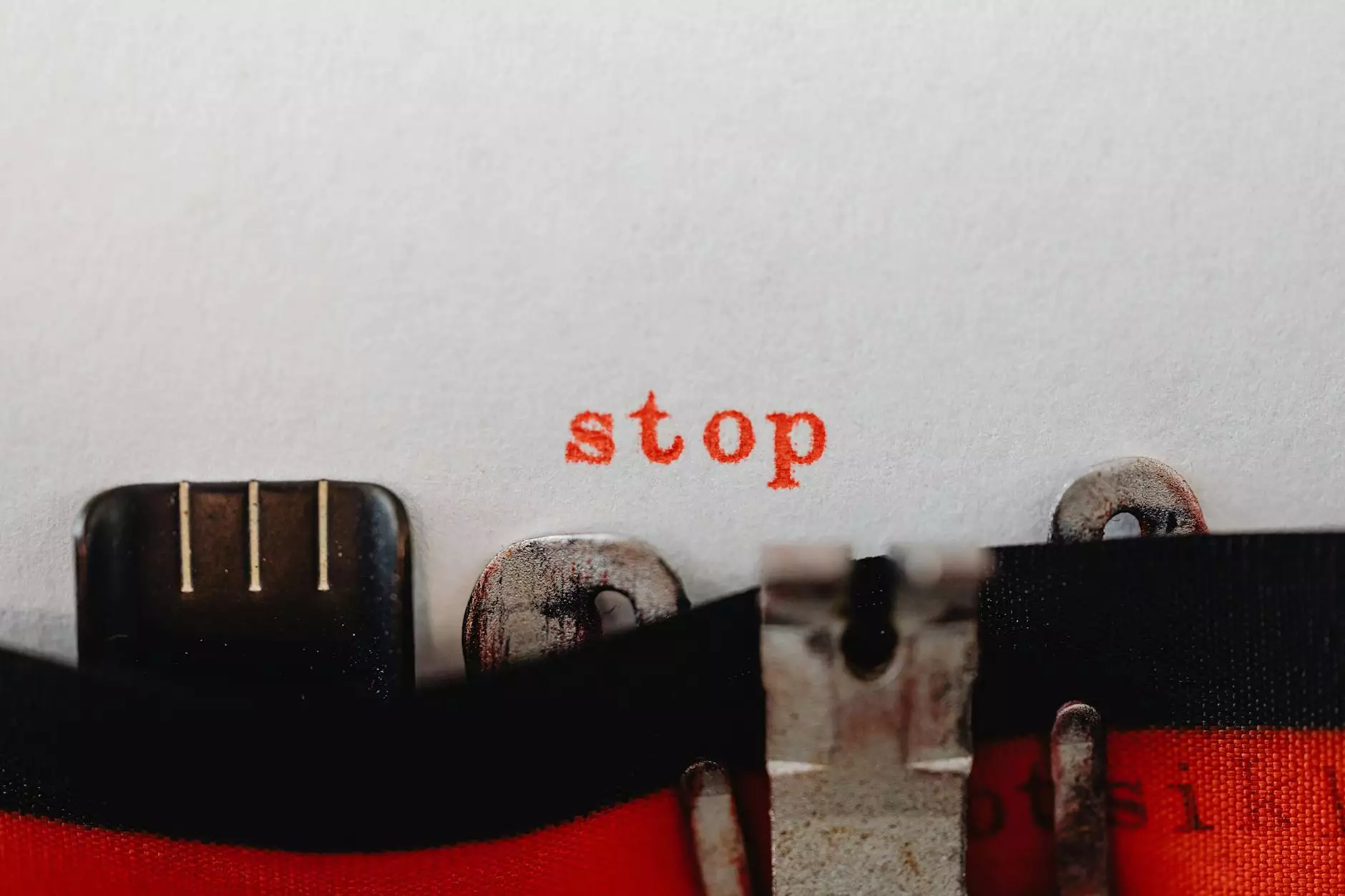The Comprehensive Guide to Dental Disinfectant Solutions

Dental disinfectant solutions are essential tools in the arsenal of dental practitioners, ensuring a sterile environment for both patients and healthcare providers. This article aims to delve deep into the significance of dental disinfectant solutions, their types, uses, and best practices to maintain the highest standards of hygiene in the dental field.
Understanding Dental Disinfectants
Dental disinfectants are chemical agents specifically formulated to eliminate harmful microorganisms from dental instruments and surfaces. The application of these solutions is crucial in preventing cross-contamination and reducing the risk of healthcare-associated infections. As such, they play a pivotal role in promoting patient safety and enhancing the quality of care in dental practices.
How Do Dental Disinfectant Solutions Work?
The effectiveness of a dental disinfectant solution lies in its active ingredients, which can vary significantly between products. Broadly speaking, these solutions work through several mechanisms:
- Protein Denaturation: Disinfectants denature proteins in bacteria, viruses, and fungi, rendering them inactive.
- Lipid Disruption: Many microorganisms have lipid membranes; disinfectants disrupt these membranes, leading to cell death.
- Oxidation: Some disinfectants generate reactive oxygen species that damage cellular structures.
Types of Dental Disinfectant Solutions
In the realm of dental infection control, various types of disinfectant solutions are available. Each type has its unique properties and ideal applications:
1. Alcohol-Based Disinfectants
Alcohol-based disinfectants are widely used due to their efficacy and rapid action. They typically contain isopropanol or ethanol, often at concentrations of 60-90%. These solutions are effective against a broad spectrum of microorganisms, including bacteria and viruses, making them a staple in dental offices.
2. Chlorine Compounds
Chlorine-based disinfectants, such as sodium hypochlorite, are powerful oxidizing agents that can kill bacteria, viruses, fungi, and spores. While they are very effective, they must be used with caution due to potential corrosive effects on dental materials.
3. Quaternary Ammonium Compounds (Quats)
Quats are a common choice for surface disinfection in dental settings. They have good antimicrobial properties and are less corrosive than chlorine compounds. However, their efficacy can be compromised in the presence of organic matter.
4. Phenolic Compounds
Phenols act as effective disinfectants against a wide variety of microorganisms, including bacteria and fungi. They are often used in concentrated forms and require precautions due to their potential toxicity and strong odors.
5. Hydrogen Peroxide Solutions
Hydrogen peroxide is another versatile disinfectant that exhibits strong antimicrobial properties. It decomposes into water and oxygen, making it an environmentally friendly option. It is particularly effective in cleaning and disinfecting surfaces, instruments, and even dental units.
Importance of Using Dental Disinfectant Solutions
In today's healthcare landscape, the importance of using dental disinfectant solutions can't be overstated. Here are several key factors highlighting their necessity:
- Infection Control: They play a critical role in controlling the spread of infectious diseases in dental offices.
- Compliance with Regulations: Dental practices must adhere to guidelines and regulations set forth by health authorities, which mandate the use of effective disinfectants.
- Patient Trust: Maintaining a sterile environment builds patient confidence and trust in dental care providers.
- Operational Efficiency: Proper use of disinfectants ensures smooth operation without interruptions due to outbreaks of infections.
Best Practices for Using Dental Disinfectant Solutions
To maximize the efficacy of dental disinfectant solutions, dental practitioners should adhere to the following best practices:
1. Read the Labels
Understanding the manufacturer’s instructions is crucial for effective use. Each product will have specific application methods, contact times, and dilution ratios.
2. Ensure Proper Contact Time
Many disinfectants require a specific contact time to effectively kill microorganisms. Failing to adhere to this time can lead to ineffective disinfection.
3. Clean Before Disinfecting
Before applying disinfectants, surfaces should be cleaned of visible debris and organic matter to ensure that the disinfectant can work effectively.
4. Regular Staff Training
Regular training sessions for staff on infection control protocols and proper use of disinfectants can help maintain high hygiene standards in the practice.
Choosing the Right Dental Disinfectant Solution
Choosing the appropriate dental disinfectant solution involves considering several factors, including:
- Type of Procedure: Different procedures may require different disinfectant properties (e.g., higher-level disinfection for surgical instruments).
- Material Compatibility: Ensure that the chosen disinfectant is compatible with the materials of dental instruments and surfaces.
- Environment Considerations: Consider environmental impact and choose sustainable options where possible.
Innovation in Dental Disinfectant Solutions
The field of dental disinfectants is constantly evolving. Recent innovations include:
1. Eco-Friendly Disinfectants
There's a growing trend toward green disinfectants that are effective yet environmentally friendly, helping to reduce the carbon footprint of dental practices.
2. Multi-Functional Products
Many new disinfectants combine cleaning and disinfecting properties, allowing for more streamlined processes in clinics.
3. Smart Technology Integration
Some advanced disinfectant solutions now come equipped with technology that monitors surface hygiene and ensures optimal disinfectant levels.
The Future of Dental Disinfectant Solutions
The future of dental disinfectant solutions looks promising as research and technology continue to develop:
- Antimicrobial Resistance: Ongoing research is essential to combat microbial resistance to common disinfectants.
- Increased Regulation: Expect stricter regulations and guidelines to ensure the safety and efficacy of these products.
- Customized Solutions: Future innovations might offer tailored disinfectant solutions based on patient needs or specific environments.
Conclusion
In conclusion, dental disinfectant solutions are indispensable in maintaining hygiene and safety in dental practices. Understanding the various types of disinfectants, their mechanisms, and best practices for their use is crucial for all dental healthcare providers. By focusing on effective infection control through the appropriate use of disinfectants, dental practitioners can safeguard their patients, enhance operational efficiency, and uphold public health standards.
For more information on purchasing high-quality dental disinfectant solutions, visit medalkan.com, where a wide range of health and medical supplies are available to meet your practice's needs.









